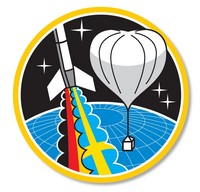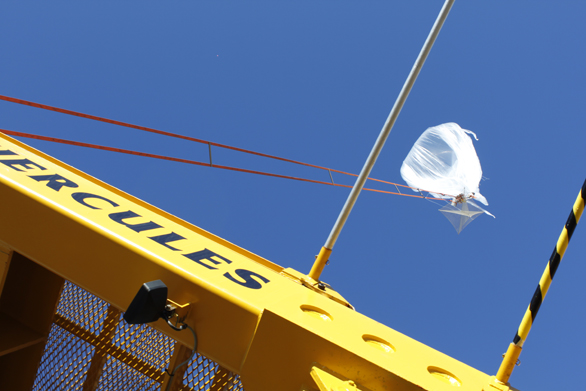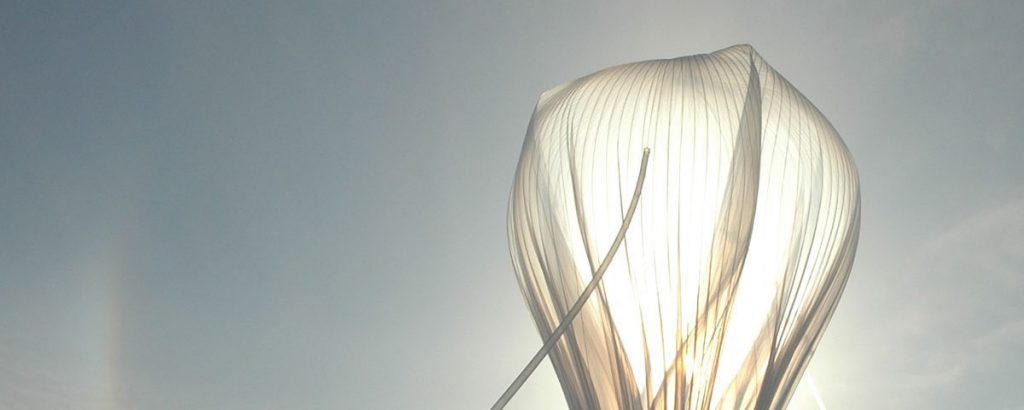Balloon-borne EXperiment for University Students
The REXUS/BEXUS programme is realized under a bilateral Agency Agreement between the German Aerospace Center (DLR) and the Swedish National Space Agency (SNSA). The Swedish share of the payload has been made available to students from other European countries through a collaboration with the European Space Agency (ESA).
EuroLaunch, a cooperation between the Esrange Space Center of SSC and the Mobile Rocket Base (MORABA) of DLR, is responsible for the campaign management and operations of the launch vehicles. Experts from ESA, SSC, and DLR provide technical support to the student teams throughout the project.
REXUS and BEXUS are launched from SSC, Esrange Space Center in northern Sweden.


General information
Launch site: Esrange Space Center
Launch date:
BEXUS 26 October 17, 2018 at 05:44 UTC
BEXUS 27 October 18, 2018 at 06:42 UTC
Image on left: BEXUS 15 was launched from Esrange Space Center.
BEXUS 26
- Balloon Type
- Zodiac FS12
- Payload
- Mixed Experimental, 32kg. Gondola mass 102kg
- Launch Site
- Esrange Space Center, Sweden
- Launch Date
- October 17, 2018 at 05:44 UTC
Payload
- TUBULAR
- A technology demonstrator for an air sampling mechanism (Carbon dioxide (CO2), methane (CH4) and carbon monoxide (CO) ) that minimizes the effect of gas mixtures within the collected samples so that recovery time is no longer a constraint.
Luleå University of Technology, Sweden - OSCAR Q-LITE
- Aims to develop and test a miniature ultra-sensitive diamond-based magnetometer, suitable for use in aerospace industry using a new electrical detection method that ensures the key properties (ultra-high sensitivity, fast response time) can be optimized.
University of Hasselt, Belgium - IMFUSION
- The project is focussed on the design of a reliable, miniaturised, and universal IMU-based position- and attitude-logging system. The IMU (Inertial Measurement Units) will be measuring the pressure, rotational speed, acceleration, and magnetic field to create a trajectory of the BEXUS balloon.
Hochschule Nordhausen, Germany - WHB
- This experiment will build a safe, sturdy, and clean microbial collection device to sample the microbial life forms at several altitudes in the arctic stratosphere to better understand a virtually unknown environment.
FH Aachen, Germany
BEXUS 27
- Balloon Type
- Zodiac FS12
- Payload
- Mixed Experimental, 34kg. Gondola mass, 105kg
- Launch Site
- Esrange Space Center, Sweden
- Launch Date
- October 18, 2018 at 06:42 UTC
Payload
- QUEST
- Scans the planet surface by analysing an array of four light sensors (RGB and IR) and a spectrometer. As a result, the experiment should produce an overview image of the surface with marked areas showing snow, water, plants, rocks and overlaying clouds.
University Würzburg, Germany - LUSTRO
- The experiment is providing an affordable way of creating scientifically valuable data of ultraviolet structures in the atmosphere. Collected data will be examined in terms of differences in reflection and absorption by using two low-cost, simultaneously working rotating-mirror cameras.
Warsaw University of Technology, Poland - LODESTAR
- The experiment will study the impact of cosmic radiation on CIGS (Copper Indium Gallium Selenide) solar cells. One possible application of CIGS solar cells is in energy production for space travel therefore it is relevant to study how CIGS solar cells degrade due to cosmic radiation influence.
Uppsala University, Sweden
Read more:
Contact Persons
Stefan Krämer, SSC
Maria Holmström, SSC

